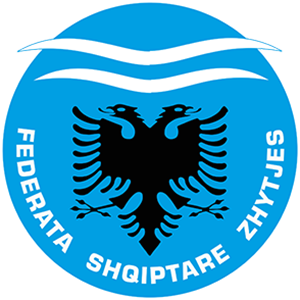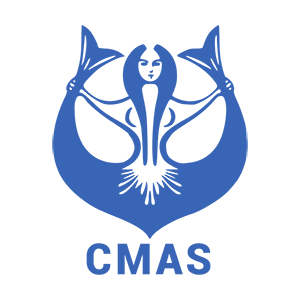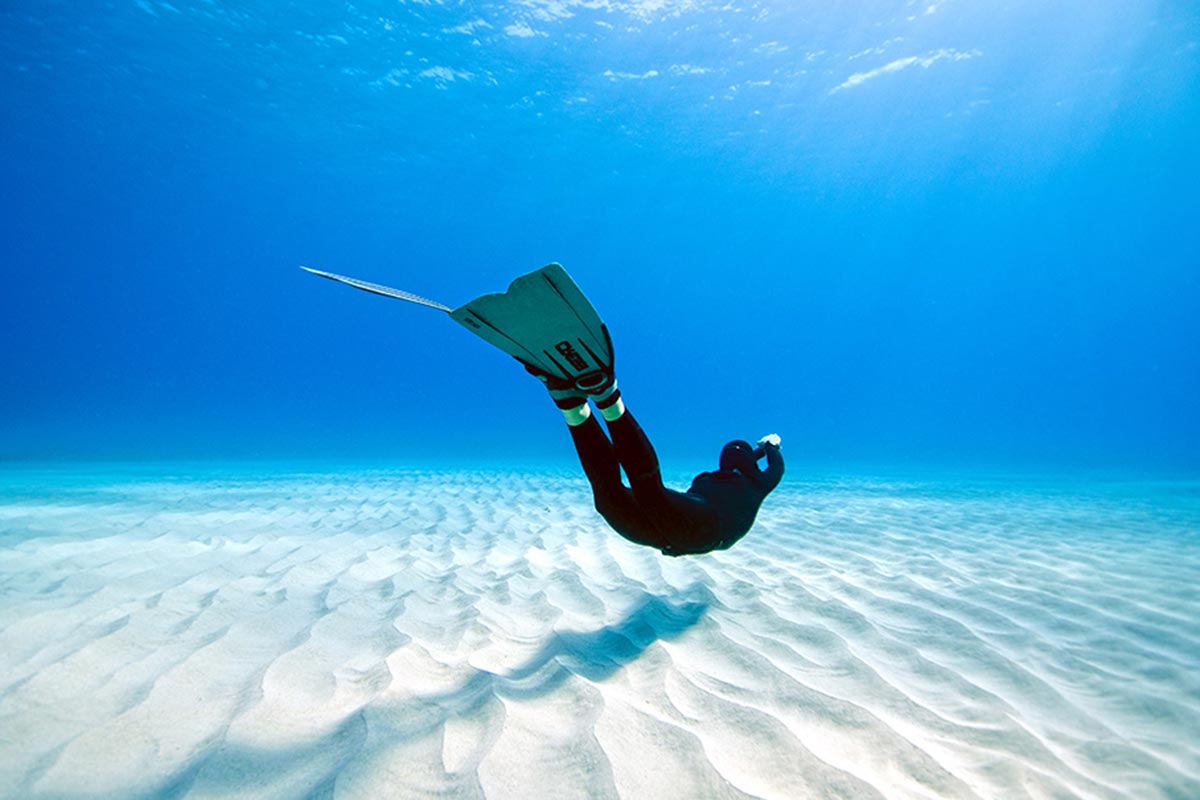What is Free-diving
Free-diving is a form of underwater diving that relies on breath-holding until resurfacing rather than the use of breathing apparatus such as scuba gear.
Examples of Free-diving activities are traditional fishing techniques, competitive and non-competitive free-diving, competitive and non-competitive spearfishing and free-diving photography, underwater football, underwater rugby, underwater hockey, underwater target shooting and snorkeling.
There are also a range of “competitive apnea” disciplines; in which competitors attempt to attain great depths, times, or distances on a single breath.

Albanian Diving Federation
Member of The World Underwater Federation CMAS


